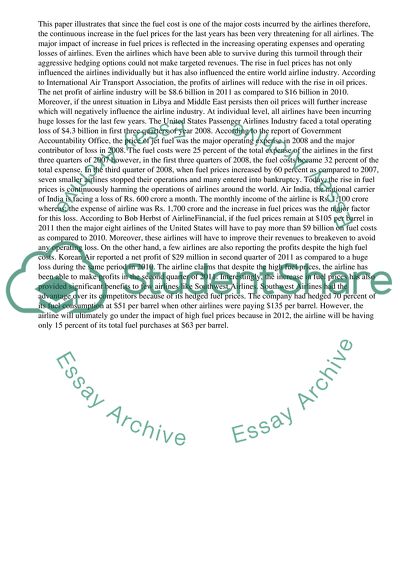Cite this document
(“How Increase in Fuel Prices are Effecting the Airline Industry Essay”, n.d.)
Retrieved from https://studentshare.org/business/1430458-discuss-how-increase-in-fuel-prices-are-effecting
Retrieved from https://studentshare.org/business/1430458-discuss-how-increase-in-fuel-prices-are-effecting
(How Increase in Fuel Prices Are Effecting the Airline Industry Essay)
https://studentshare.org/business/1430458-discuss-how-increase-in-fuel-prices-are-effecting.
https://studentshare.org/business/1430458-discuss-how-increase-in-fuel-prices-are-effecting.
“How Increase in Fuel Prices Are Effecting the Airline Industry Essay”, n.d. https://studentshare.org/business/1430458-discuss-how-increase-in-fuel-prices-are-effecting.


